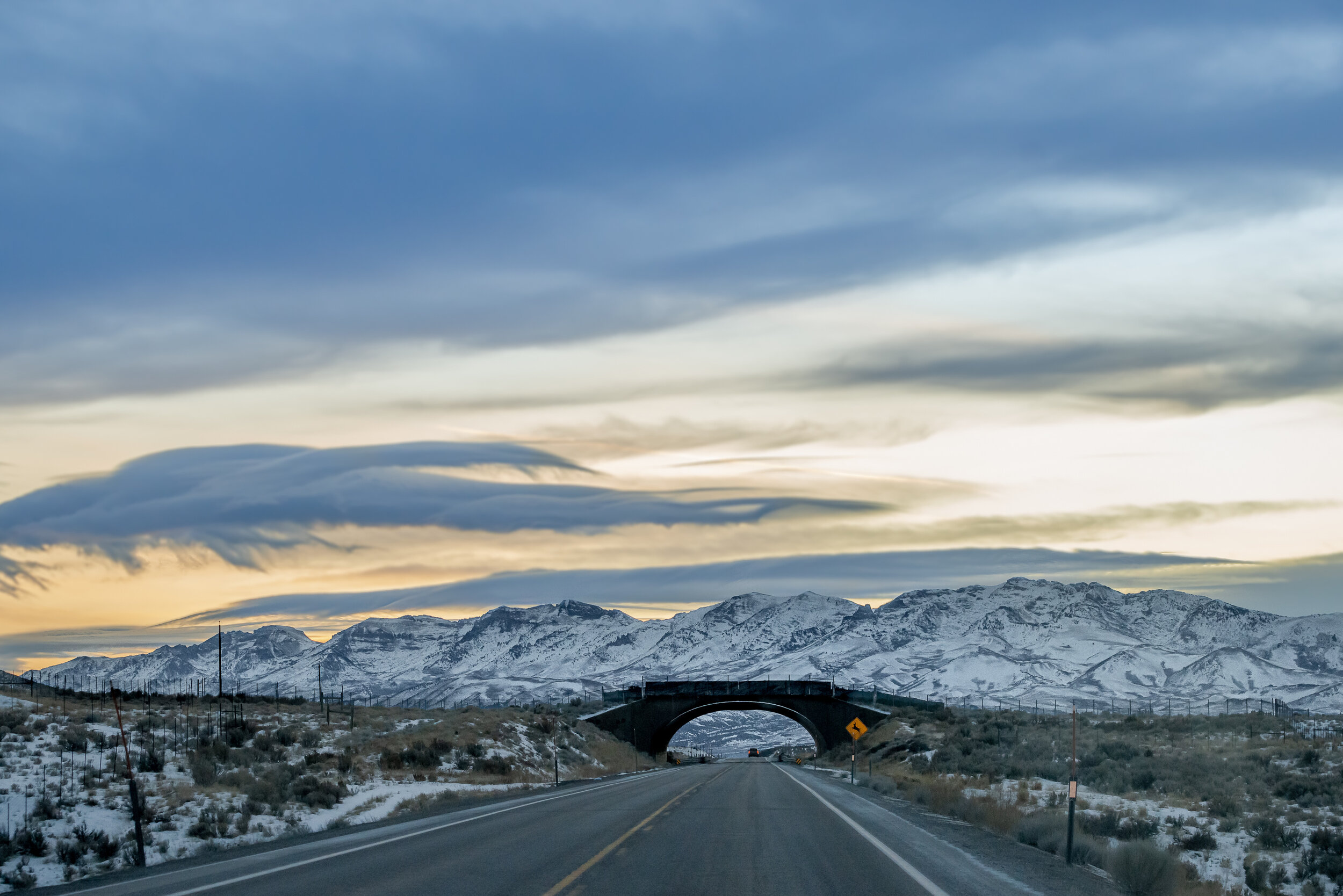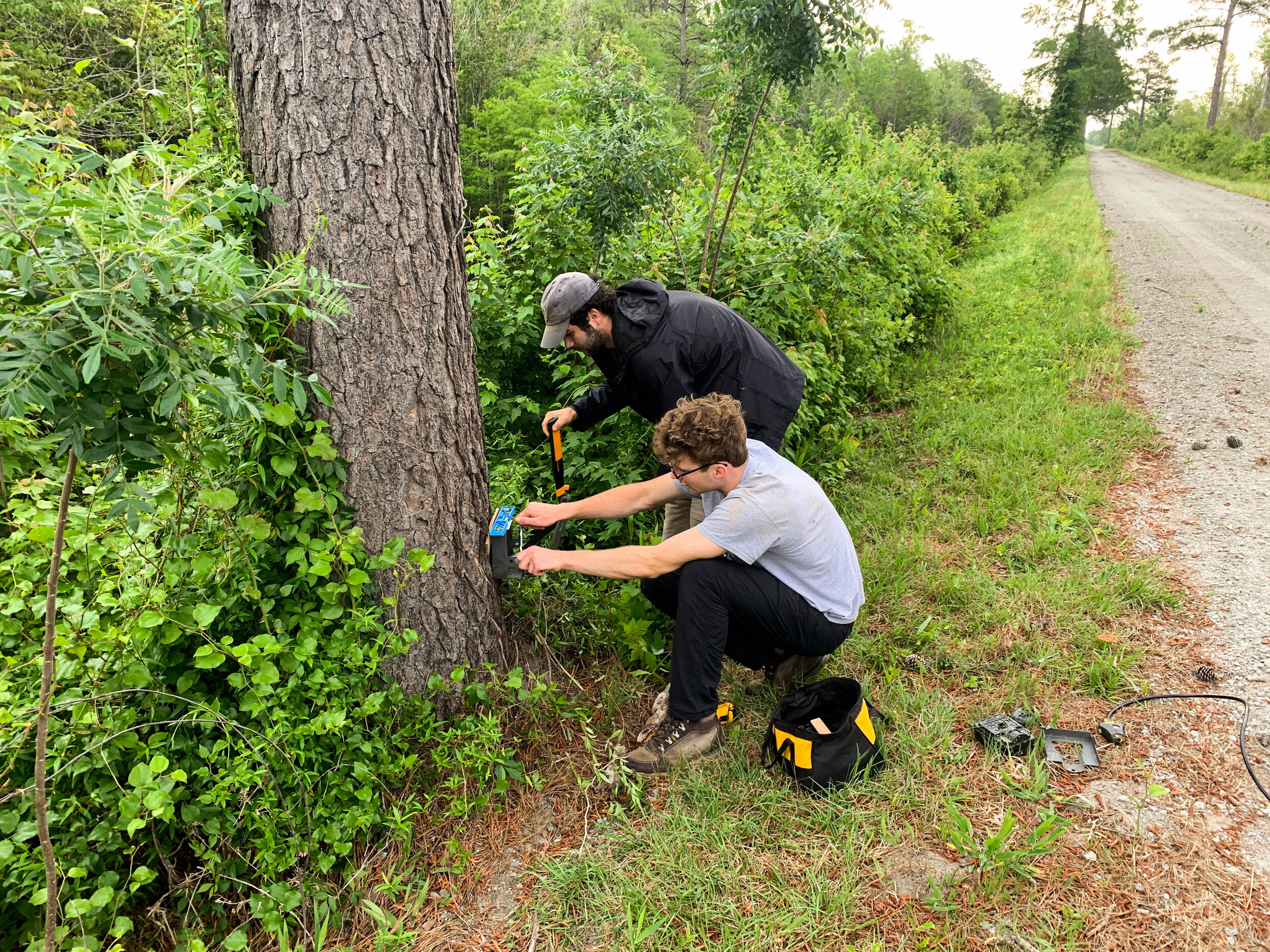
Safe Roads for Wildlife
We advance projects that reduce, minimize or eliminate collisions caused by wildlife attempting to cross roads and other transportation infrastructure. By identifying and addressing obstructions to wildlife corridors, we provide solutions for safe passage for people and wildlife.
Road Ecology
We conduct on-the-ground research to understand how wildlife interacts with roadways and the impact roads have on wildlife movement and habitat.
Mitigation
We collaborate with state and federal agencies, engineers, and transportation experts to design practical engineering solutions, like wildlife over and underpasses, that reduce wildlife-vehicle collisions.
Design Innovation
We advocate for new ideas in transportation network design that will prevent habitat fragmentation and increase the scalability of wildlife-friendly infrastructure.
Conservation Stories
I-40 in the Pigeon River Gorge
U.S. Interstate 40 runs right through the heart of the Southern Appalachian Mountains near Great Smoky Mountains National Park. Unfortunately, this heavily trafficked highway is a significant source of roadkill and creates a barrier to wildlife movements for elk, black bears, bobcats, white-tailed deer, and many smaller species. We have been monitoring wildlife movement and mortality on this highway for years, providing the data to assist local transportation agencies in designing new and improved structures that will help prevent needless animal death and protect motorists.
I-10 and Highway 2 in the Sky Islands
The binational Sky Islands region is a global biodiversity hotspot that is home to jaguars, black bears, bighorn sheep and ocelots. U.S. Interstate 10 poses an insurmountable barrier to wildlife within the Peloncillo Mountains on one side of the border. On the other side, Mexican Federal Highway 2 cuts through essential jaguar movement corridors. We are spearheading on-the-ground research on both highways, working with local transportation officials to reconnect habitat across the borderlands region and support efforts to recover endangered species.
U.S. Route 395 near the California and Nevada State Line
Running parallel to the Sierra Nevada range, U.S. Route 395 is a bustling highway that threatens the integrity of the landscape and regional populations of mountain lions, deer and other wildlife. We are working on multiple sections of this highway to identify wildlife mortality hotspots and coordinate efforts to construct wildlife overpasses and other features that will improve public safety and ecosystem health.







